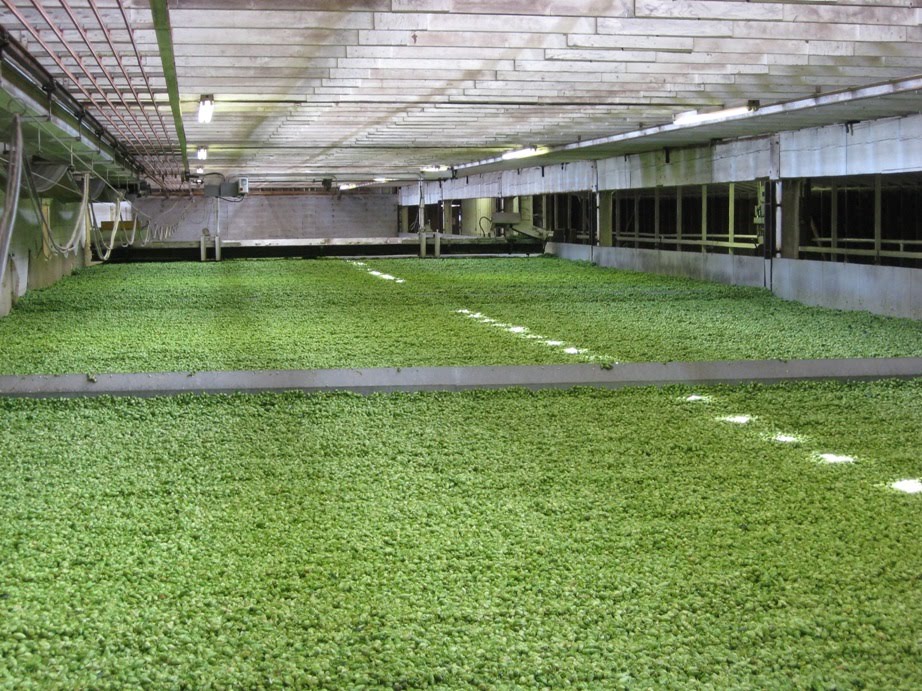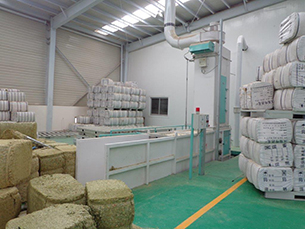Hops growing process
Drip -irrigation
We are using drip-irrigation, first hop growers in China. We have imported this technology from ISREAL. Not only did drip-irrigation help control mildew, but it also reduced humidity and led to decreased fungicide applications as well. Watering only hop plants, instead of the whole field decreases on-farm water use. To monitor this, five probes in various fields measure the moisture needs of the hops at different levels in the ground. The probes identify the depth where plants use the most water. Factoring in soil type, the irrigation is able to prevent over-watering and use only the amount of water needed. While these actions have decreased water and chemical use, they also work in conjunction with other practices in their conservation plan to increase productivity and profits. For starters, key labor savings took place. A shift from multiple semi-skilled employees to key managers of technical equipment has decreased employment expenditures. In addition, over a period of three years, the ELIMHOP has noted a 25 percent increase in crop yields. The ELIMHOP has accomplished their original goal of increasing productivity on the farm through conservation. As an added benefit, however, they found conservation to also be an attractive marketing tool. The director points out that having a conservation plan appeals to their customers, including breweries and high end grocery outlets.
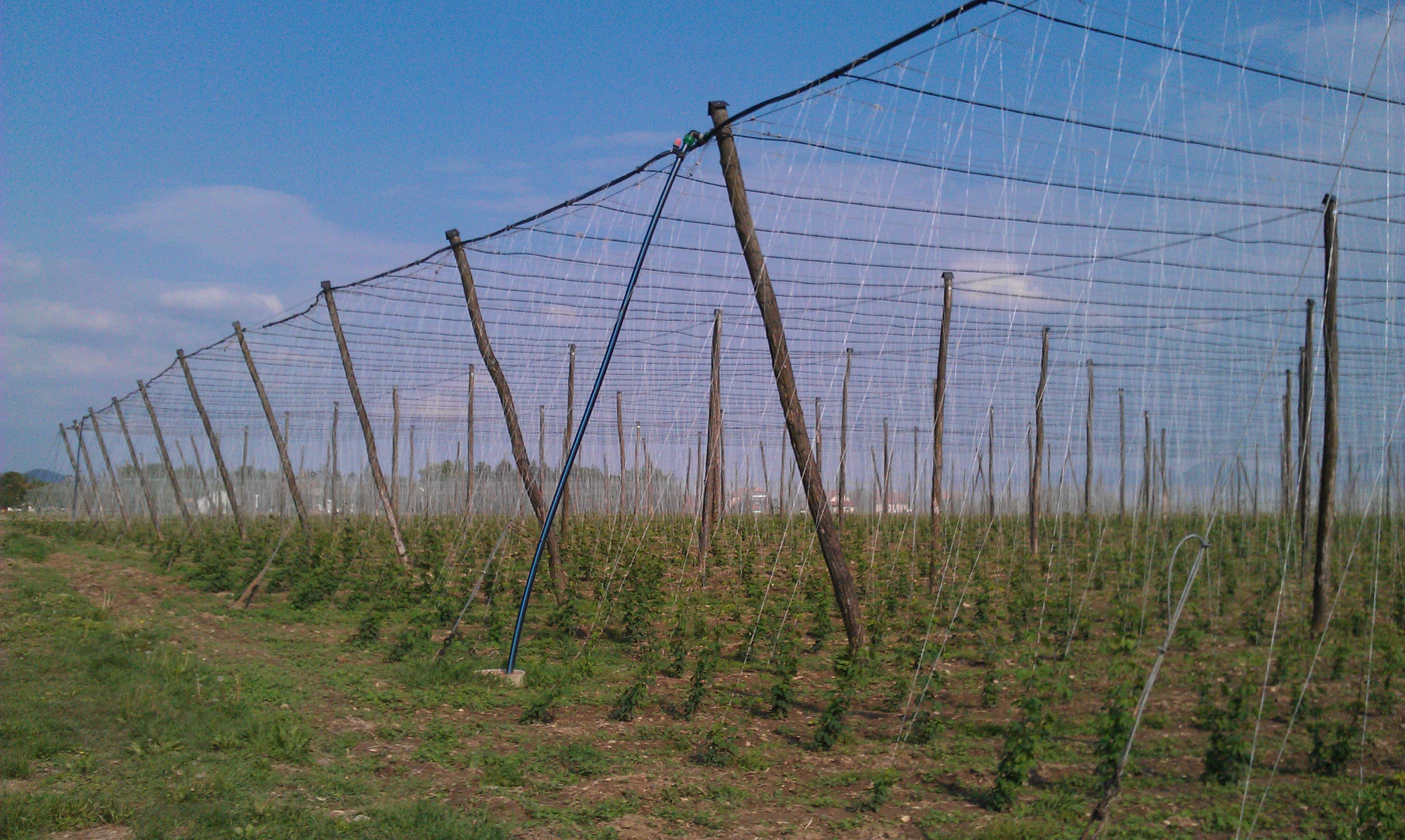
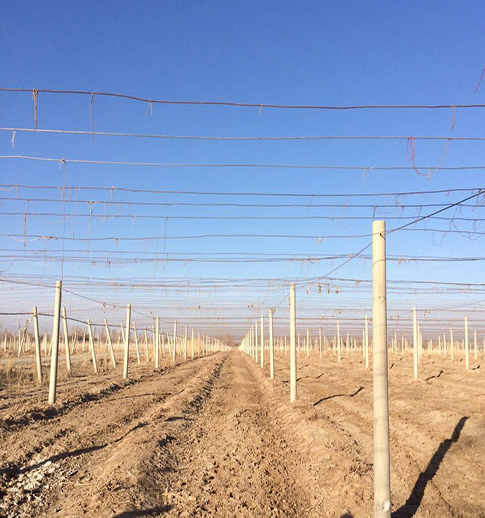
Harvest
Harvest dates vary by variety and growing location. The hop aroma is strongest at maturity. You can get a good whiff by crushing a cone and smelling it. The yellow lupulin glands in the cone will be more evident and plump. Squeeze the cones as they develop and you will notice they become more light and resilient rather than green and hard. Additionally, the cone will feel drier and more papery feel. Some varieties will lighten in color as they mature. Some browning of the lower bracts is a good sign of ripeness.
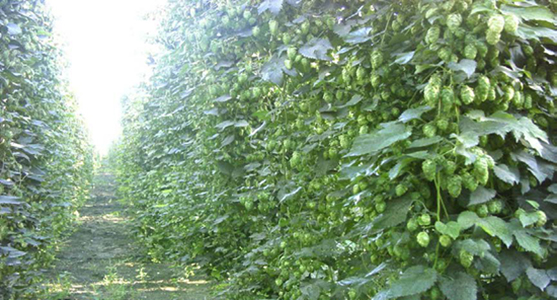
Drying and Packing
If you have a good dehydrator in which you can control the temperature to under 140 degrees F, it will make drying quicker. If not, natural air drying is fine. Cooler temperatures take longer but a higher quality hop is obtained. Spread the hops as shallow as possible and fluff daily so moist inner cones are brought to the outside of the pile. If weather is dry and the pile is not too thick they will dry in about three days. High moisture content in the cones will adversely affect storability and recipe formulation. The hops are dry when the inner stem of the cone (strig) is brittle and breaks rather than bends. The strig takes much longer to dry than the bracts, so be patient. Pack the hops in an air tight container and store in a freezer until used.
